Irresistible properties for sale in Luberon
The tranquillity and beauty of this region of France have long been a magnet for British buyers.
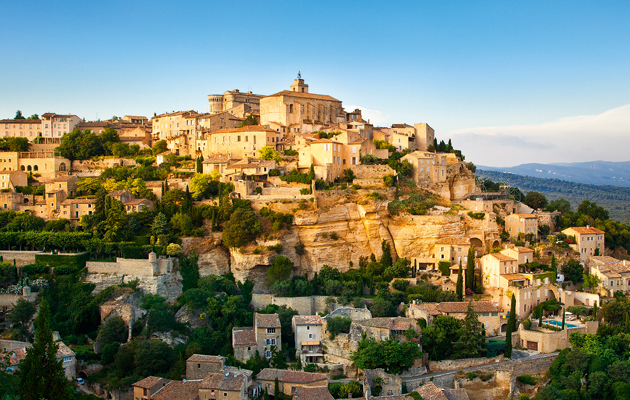

The many picturesque hill-top villages of the Lubéron, in the foothills of the French Alps, have survived centuries of strife and Peter Mayle remarkably well. Much to the relief of diehards among the region’s more reclusive long-term residents—British, Belgian, Dutch and American and, of course, the French themselves—the years of recession have helped to restore tran- quillity to historic villages such as Ménerbes, Bonnieux, Gordes, Lacoste and Roussillon.
But now, much to the relief of international estate agents, the irresistible combination of a Conservative majority, a recovering economy, favourable exchange rates and more realistic pricing is tempting British buyers back into the market, reports Mark Harvey of Knight Frank.
‘Many have been coming to the Lubéron for years and know exactly where and what they want to buy, but were reluctant to decide until after the election. Now, they reckon, things are as good as they are likely to get and this is the time to make a move’, he says. Which is also good news for the British homeowners who represent 40% of Knight Frank’s current sellers in the area.
It has been said that if the Lubéron were a country, its capital would be the imposing stone village of Gordes, also known as ‘the Parthenon of Provence’, and officially one of the most beautiful villages in France. And it’s not just the view on the approach to the village along the departmental D15 from Cavaillon that’s spectacular; equally striking is the view looking outwards across the Lubéron valley. Neighbouring villages include Venasque and Murs to the north, Roussillon to the east, Oppède to the south and Cabrières-d’Avignon to the west.
Confidence in the future of upmarket tourism in the area is underlined by the recent €17 million investment by a French consortium in the expansion of the village’s leading hotel, the elegant, 18th-century, Bastide de Gordes, which will see it linked to Megève and Saint-Tropez as part of an exclusive international resort chain.
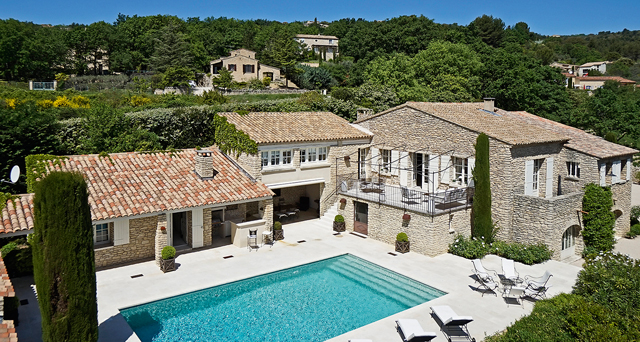
Knight Frank (020–7629 8171) quote a guide price of €2.85 million for the charming Bastide de la Source at Gordes, which stands in some 11⁄2 acres of private landscaped grounds overlooking the rugged landscape of the Lubéron. Beautifully crafted in cream-coloured Gordes stone and impeccably restored by its Belgian owners, the rustic, light-filled former farmstead boasts two main reception rooms, five bedrooms, five bathrooms and a swimming pool.
Roman armies conquered Provence as long ago as 125BC, but people here prefer to think that Provence conquered Roman hearts, such is the wealth of Roman architectural and engineering heritage that survives throughout the region. Another of the earliest villages perchés, neighbouring Bonnieux also dates from the Roman period and still casts a watchful eye over the Lubéron valley from its hilltop eyrie. Monuments dating from Roman times include the Pont Julien, built three miles north of the village in 3bc.
Sign up for the Country Life Newsletter
Exquisite houses, the beauty of Nature, and how to get the most from your life, straight to your inbox.
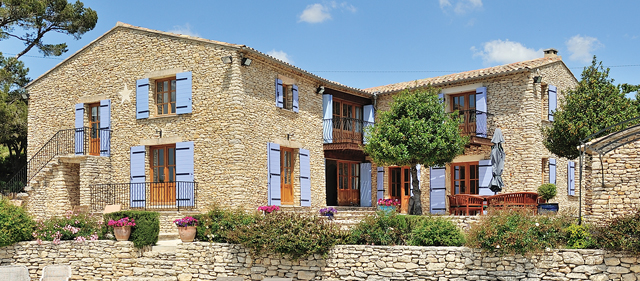
Here, Knight Frank are asking €2.5m for a substantial, carefully renovated, four-bedroom former farmhouse and guest house, once the heart of a thriving fruit farm, but now a mix of old and new, set in about 17 acres of landscaped gardens and farmland.
At the foot of the ‘golden triangle’ headed by Gordes, Oppède is, in fact, two villages: Oppède-le-Vieux, embed- ded halfway up the north face of the Petit Lubéron, with its ruined 16th- century castle and pretty Roman- esque church of Notre-Dame- d’Alydon, and, below it, the ‘new’ village of Oppède, which today sits at the heart of the heavily protected Lubéron regional nature park. In the 19th century, following centuries of exploitation, the inhabitants of the old village had had enough, and started to move down into the valley, dismantling the roofs of their houses to avoid paying property taxes.
By the early 1900s, Oppède-le-Vieux was a ghost village and a new farming community was officially established in the valley below.
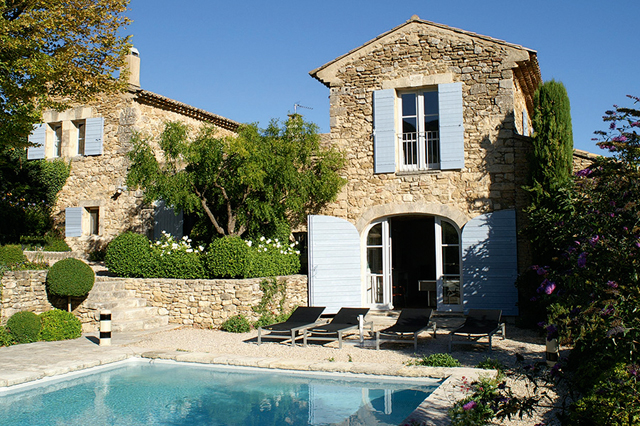
Savills (020–7016 3740) quote an asking price of €2.65m for one of Oppède’s most prestigious properties, the 18th-century Bastide d’Oppède, which has been carefully renovated and extended by its current owner, using reclaimed ancient tiles and stonework in the new part of the building.
Set in 3.45 acres of grounds a mile from the village centre, the pretty stone hamlet comprising three houses and three swimming pools—some 7,700sq ft of living space in all—has panoramic views of the Lubéron, Gordes and Mont Ventoux.
Unlike many of its more celebrated neighbours, the 12th-century, goldenstone village of Cabrières-d’Avignon isn’t perched on a hill nor is it close to Avignon, although it was once owned by it. This authentic Provençal village, five miles from Gordes, was literally built by hand, using stones dredged from surrounding fields in order to make them cultivable. There are even the remains of the 17-mile dry-stone wall of the mur de la peste, erected in a forlorn bid to repel the Great Plague of 1720.
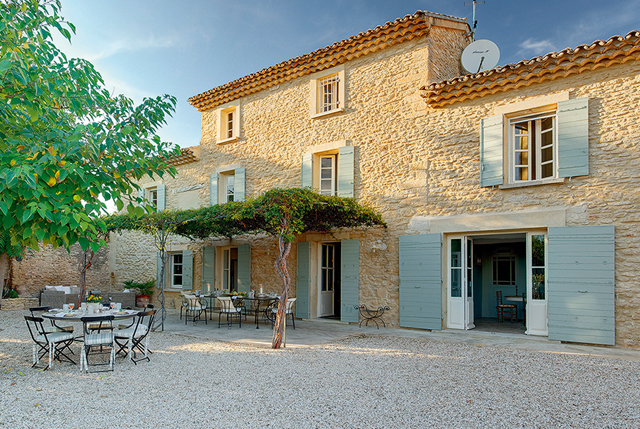
Knight Frank (020–7629 8171) are asking €1.895m for the intriguing Mas des Pasquiers in the heart of the village. Named after a well-known family of French bakers, the five/six bedroom house, once the village mill, has been lovingly restored by its Eng- lish owner, with interiors decorated by an English designer and 18,200sq ft of landscaped gardens laid out around a large heated swimming pool.
Described as ‘land’s end’ by the prolific French writer Henri Bosco, the pretty winding road leading to the tiny village of Sivergues, between Bonnieux and Apt, goes nowhere else: after Sivergues, there are just paths leading onto the Lubéron mountainside. No wonder the perse- cuted Vaudois chose it as a haven of peace and tranquillity during the endless wars fought in the region.
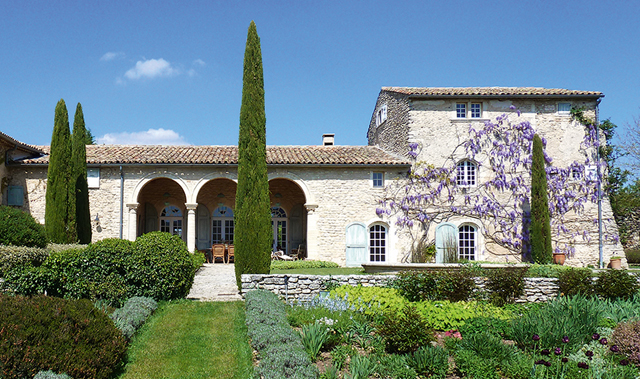
An asking price of €3.9m is quoted by Savills (020–7016 3740) for the ultimate Provençal dream: the early- 17th-century Domaine de Bellevue, which stands in a magical setting overlooking the Lubéron, six miles from Apt and nine miles from Bonnieux. Originally a farmhouse dating from 1604, the house has been impeccably renovated by its English owner, who bought it in the 1980s. It has about 7,000sq ft of living space, with separate guest and staff houses, and combines modern comfort with old-world charm in its three vaulted living rooms, nine bedrooms and five bathrooms, surrounded by 86 acres of magnificent gardens and grounds, partially laid out by an internation- ally renowned landscape designer.
-
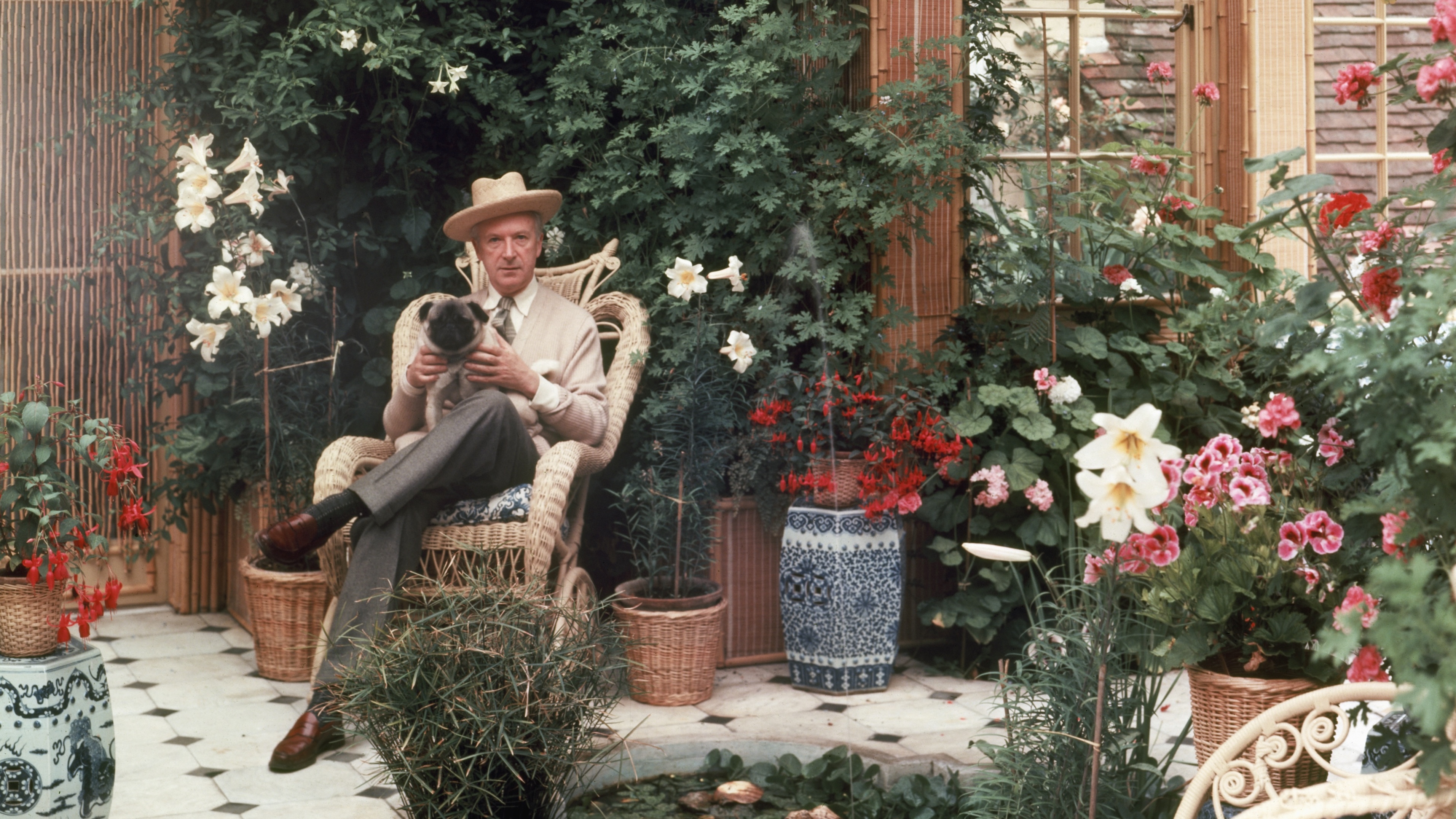 You're all invited to Cecil Beaton's Garden Party
You're all invited to Cecil Beaton's Garden Party'The space given over to 'Cecil Beaton’s Garden Party' at the Garden Museum is smaller than Beaton’s own drawing room, but its intimacy is its trump card.'
By Charlotte Mullins Published
-
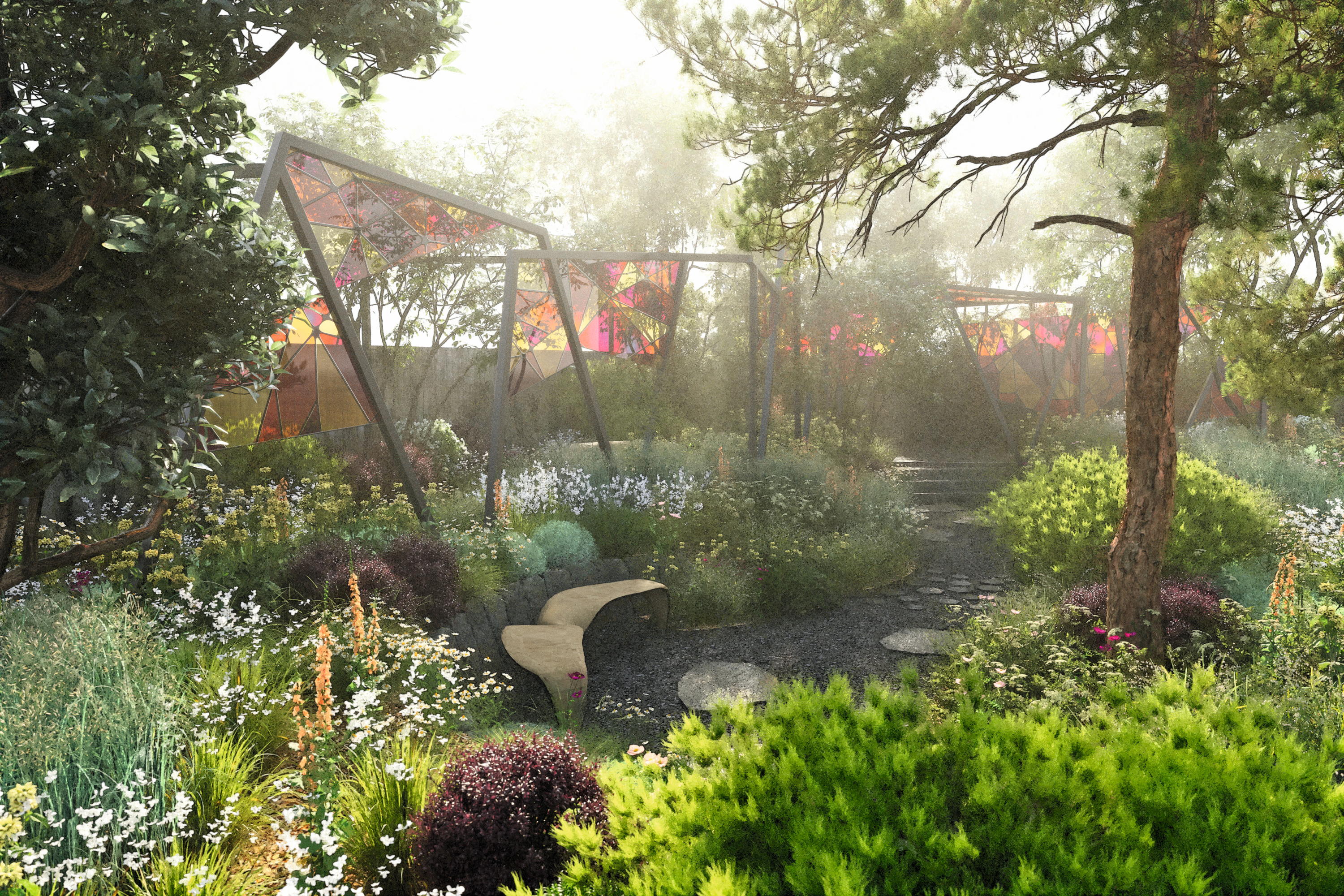 Chelsea Flower Show 2025: Ten things not to miss in what promises to be a superb year at the world's greatest horticultural show
Chelsea Flower Show 2025: Ten things not to miss in what promises to be a superb year at the world's greatest horticultural showIt promises to be a stellar year at the RHS Chelsea Flower Show. Kathryn Bradley-Hole previews some of the highlights you can expect, while we take a look ahead to what Country Life will be up to during the week.
By Kathryn Bradley-Hole Published
